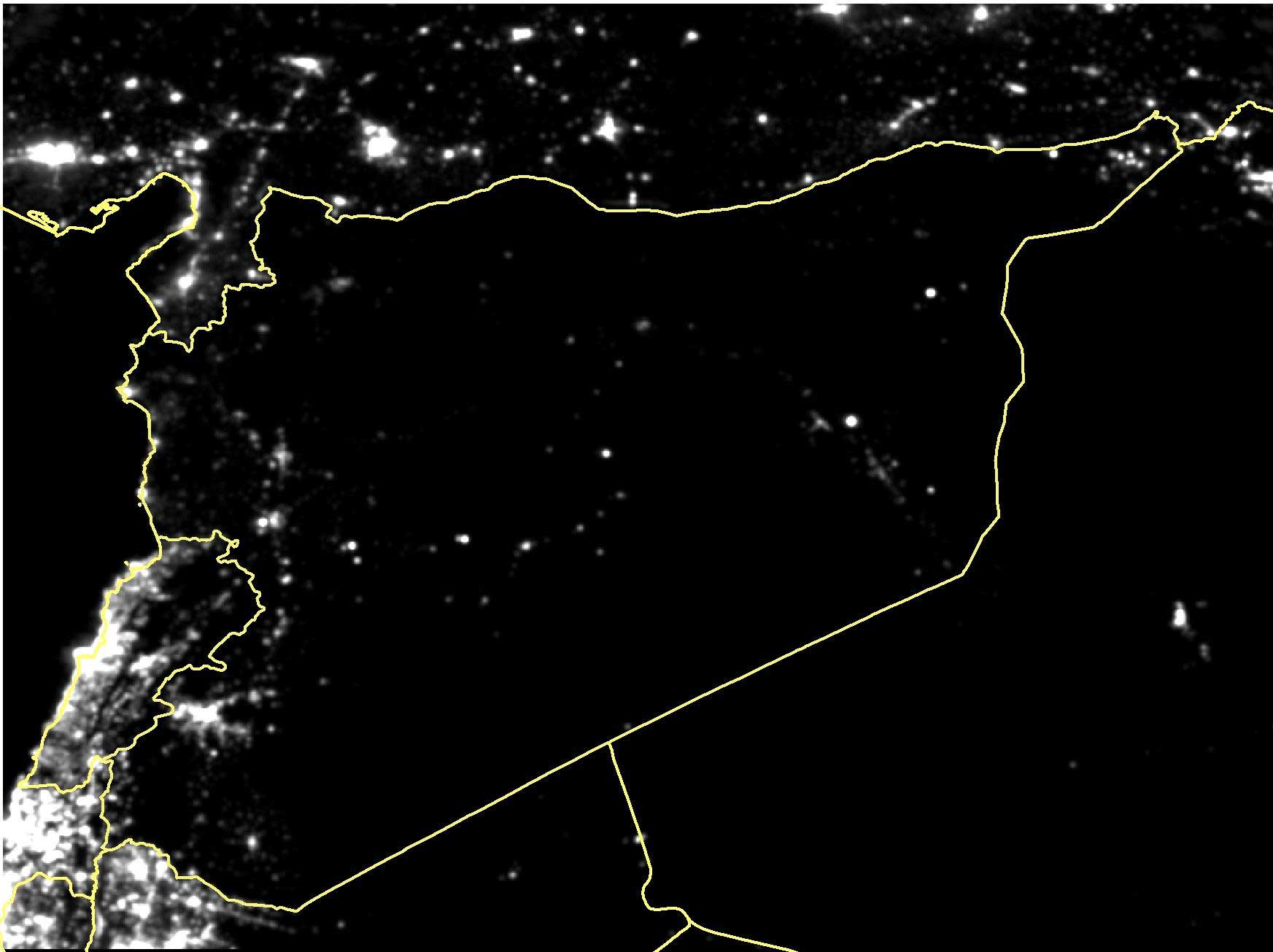
More than three-quarters of the lights in Syria have been extinguished since the internal conflict began four years ago this month, according to an analysis of new satellite imagery released on Wednesday.
Scientists based in China analyzed nighttime satellite images and found that 83% of lights had gone out. The study was backed by 130 international NGOs that are part of the #withSyria coalition, which aims to raise awareness about the ongoing conflict.
“What is happening on the ground in Syria is a humanitarian and human rights catastrophe of the first order,” said former U.S. Secretary of State Madeleine Albright, who briefed the media on the results of the analysis. “I believe it is the single most important issue in the Middle East today, yet it sometimes feels as though the world has forgotten about it.”
More than 200,000 people have been killed and another 4 million have fled the country in a conflict that started in March 2011 between rebel groups and President Bashar al-Assad. The ensuing power vacuum paved the way for the rise of the Islamic State of Iraq and Greater Syria, which has seized swathes of territory in both countries.
People fleeing their homes, physical destruction and power shortages can all contribute to the decline in night light, which provides a unique glimpse into the destruction wrought by the violence in Syria. Levels of night light have fallen more in Syria over the course of the conflict than they did in Rwanda over the course of the genocide there in 1994, according to Dr. Xi Li, the leader researcher on the project.
“Satellite imagery is the most objective source of data showing the devastation of Syria on a national scale,” he said in a statement. “Taken from 500 miles above the earth, these images help us understand the suffering and fear experienced by ordinary Syrians every day, as their country is destroyed around them.”
The eclipse was most accentuated in the northern city of Aleppo, a fierce battleground between rebel groups and government forces where night light dropped 97%. Government-held cities have fared somewhat better, including Damascus, where night light dropped 35%.
The activist groups behind the study called for the new data to serve as a wake up call for the international community. In a separate report being released this week called “Failing Syria,”several NGOs accused the UN Security Council of failing to to follow up on three resolutions to protect civilians passed in 2014. The death toll in Syria reached a new high last year.
“The international community can and must supply more intense political pressure to stop the violence and human rights abuses that are fueling this crisis,” Albright said. “I believe that we have a moral obligation to bring all partners to the table to find a solution and end the uprooting and destruction of the Syrian people.”
Read next: U.N. Security Council Comes Under Fire Over Failure to Help Syrians
Syria in 1940: Crossroads of the Middle East During WWII
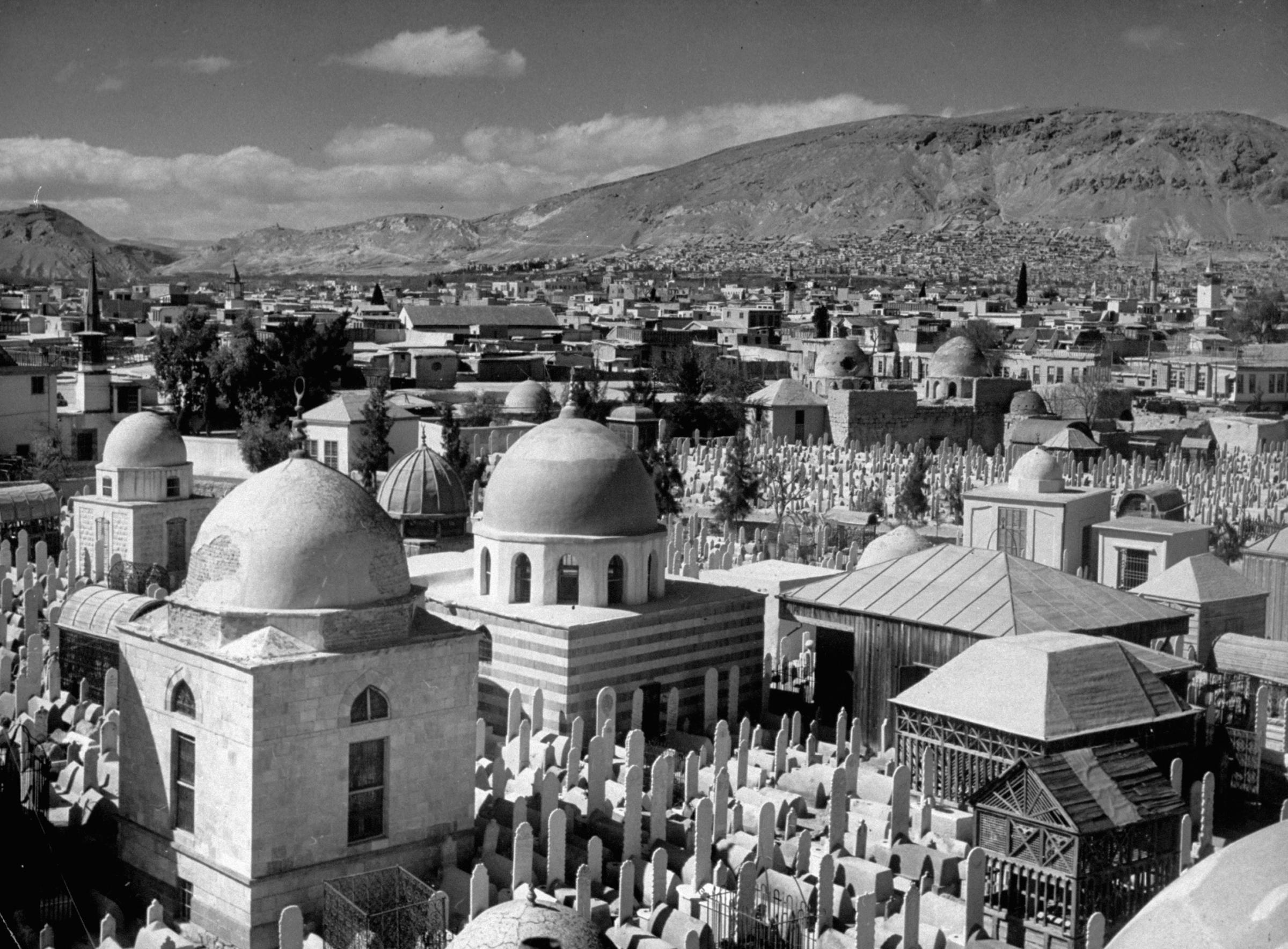
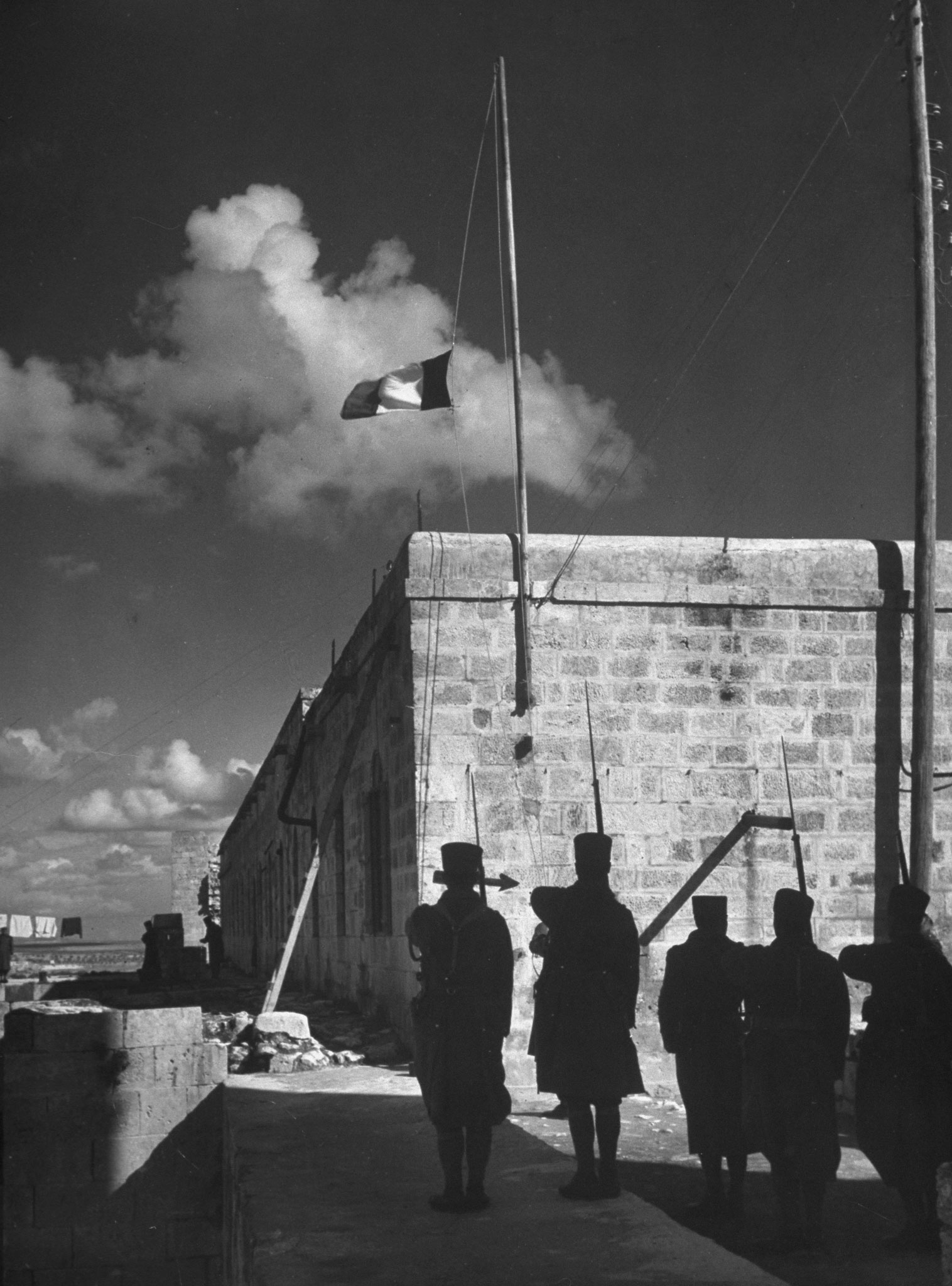
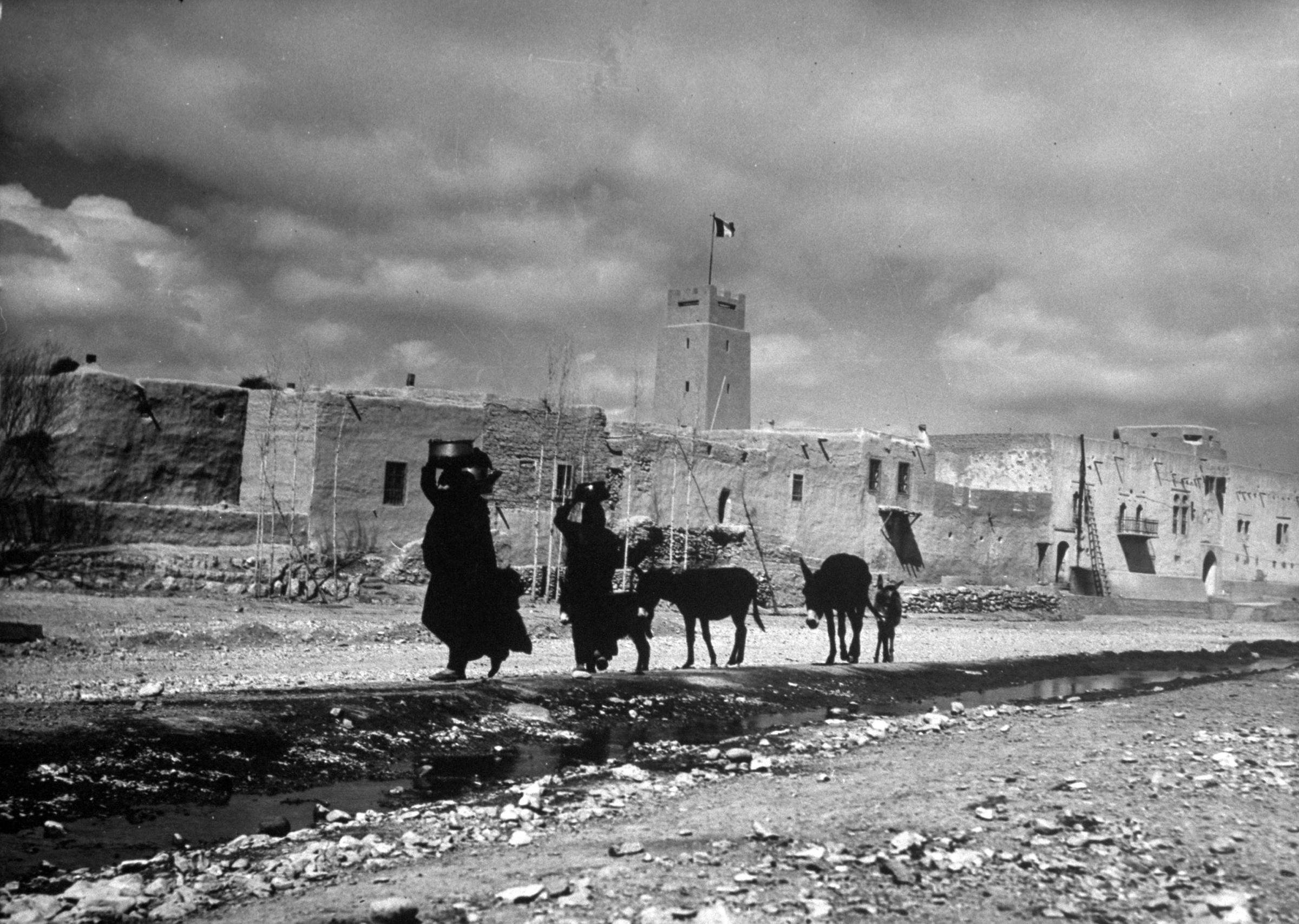
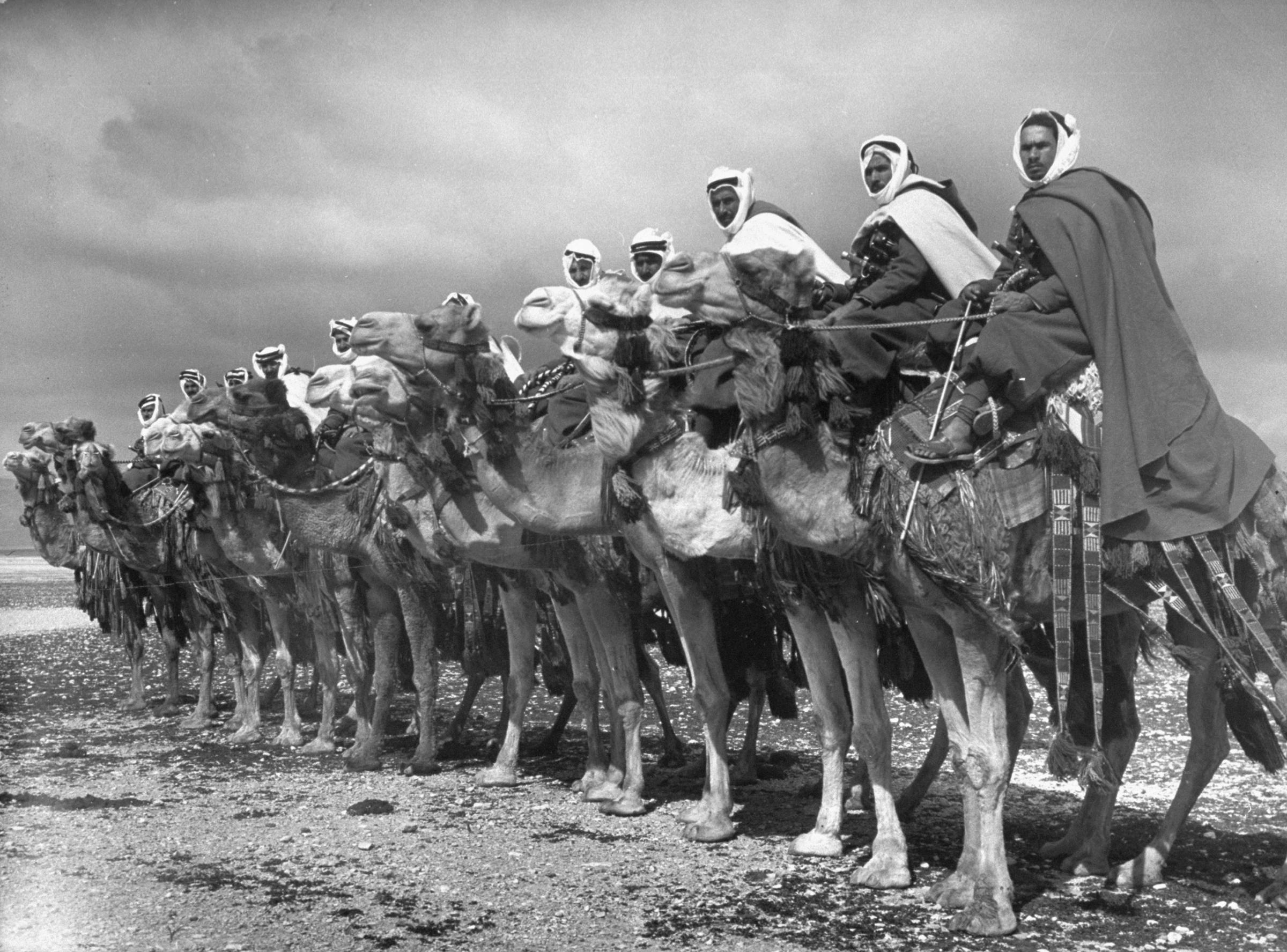

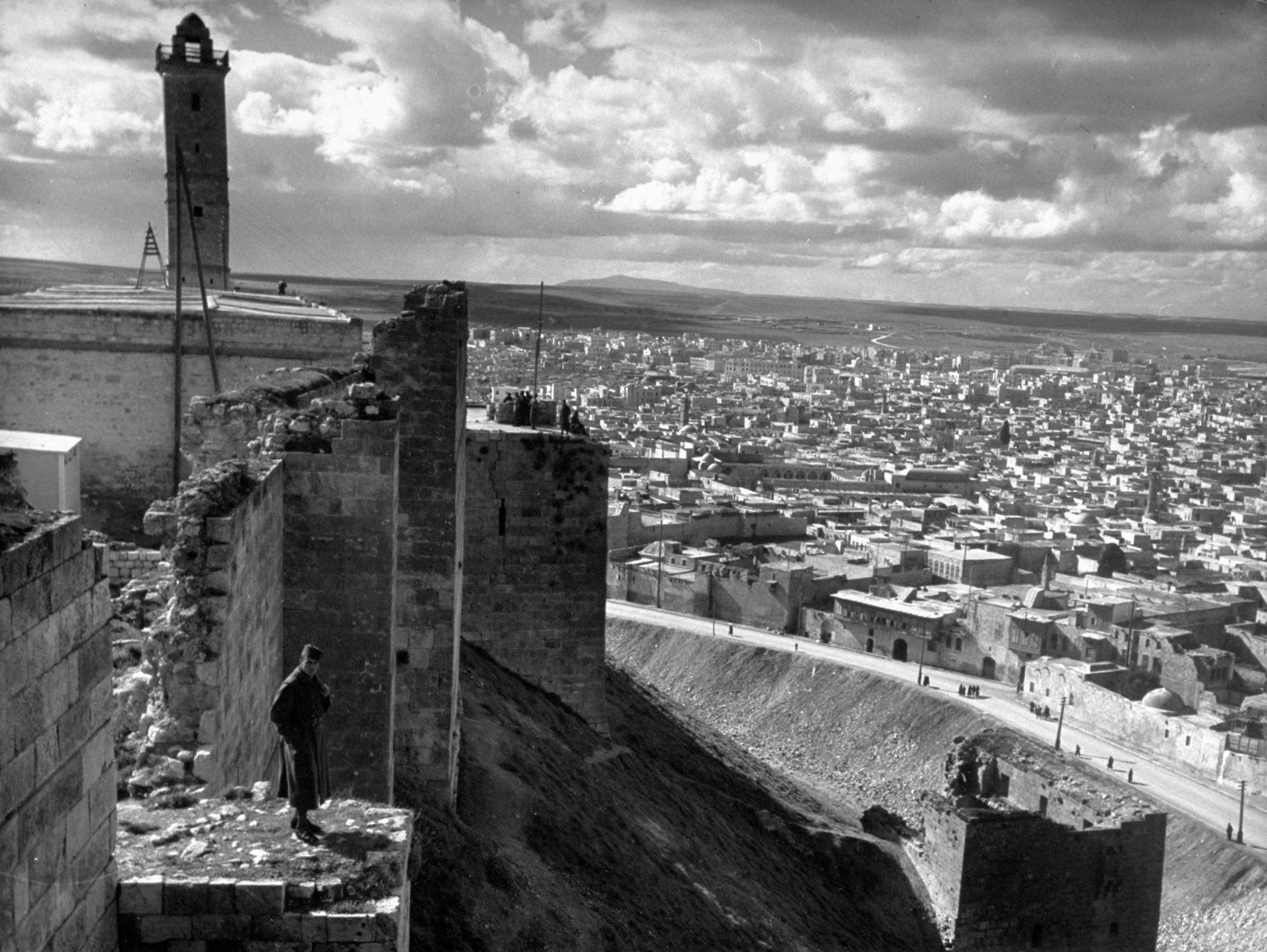
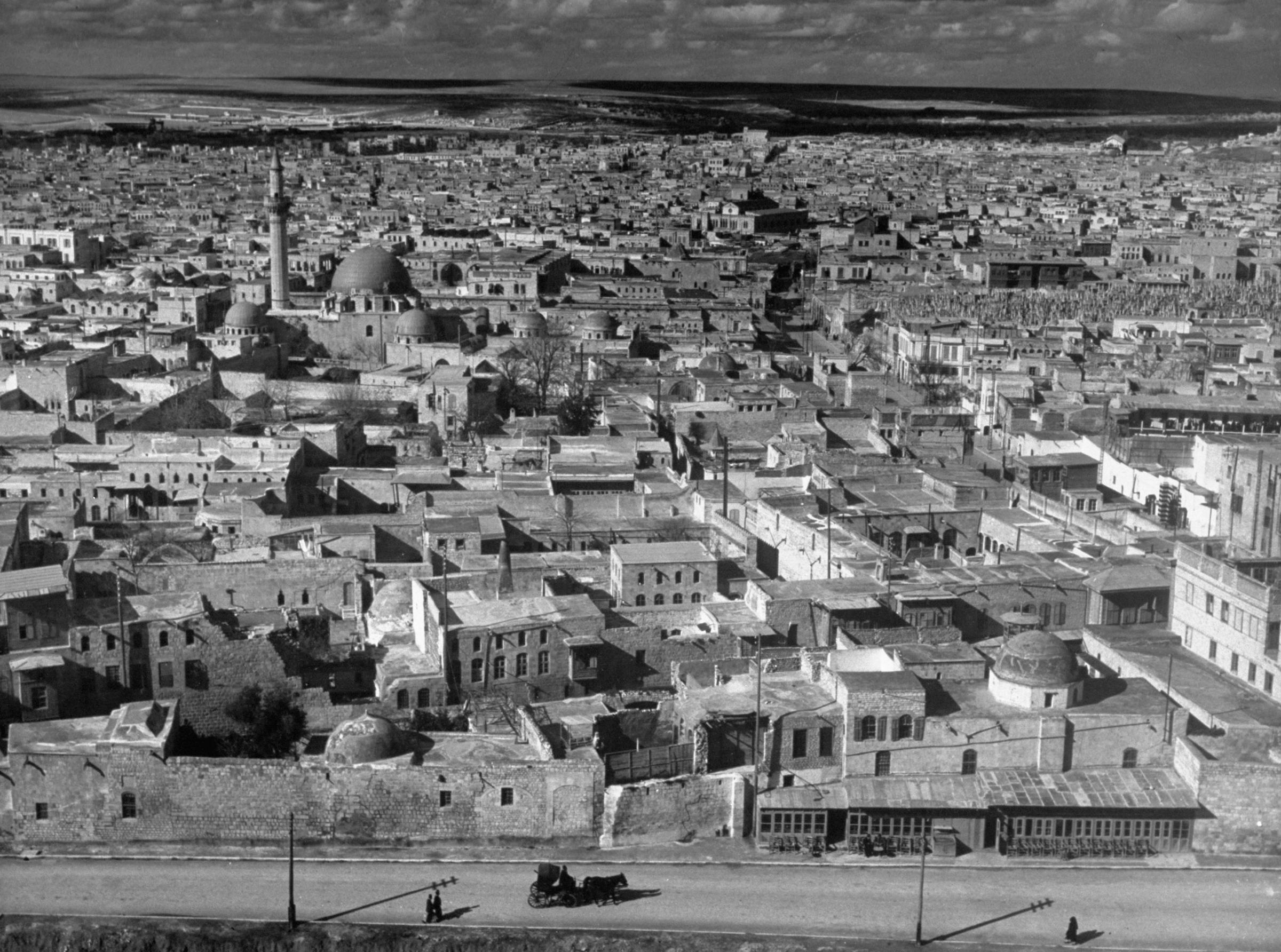
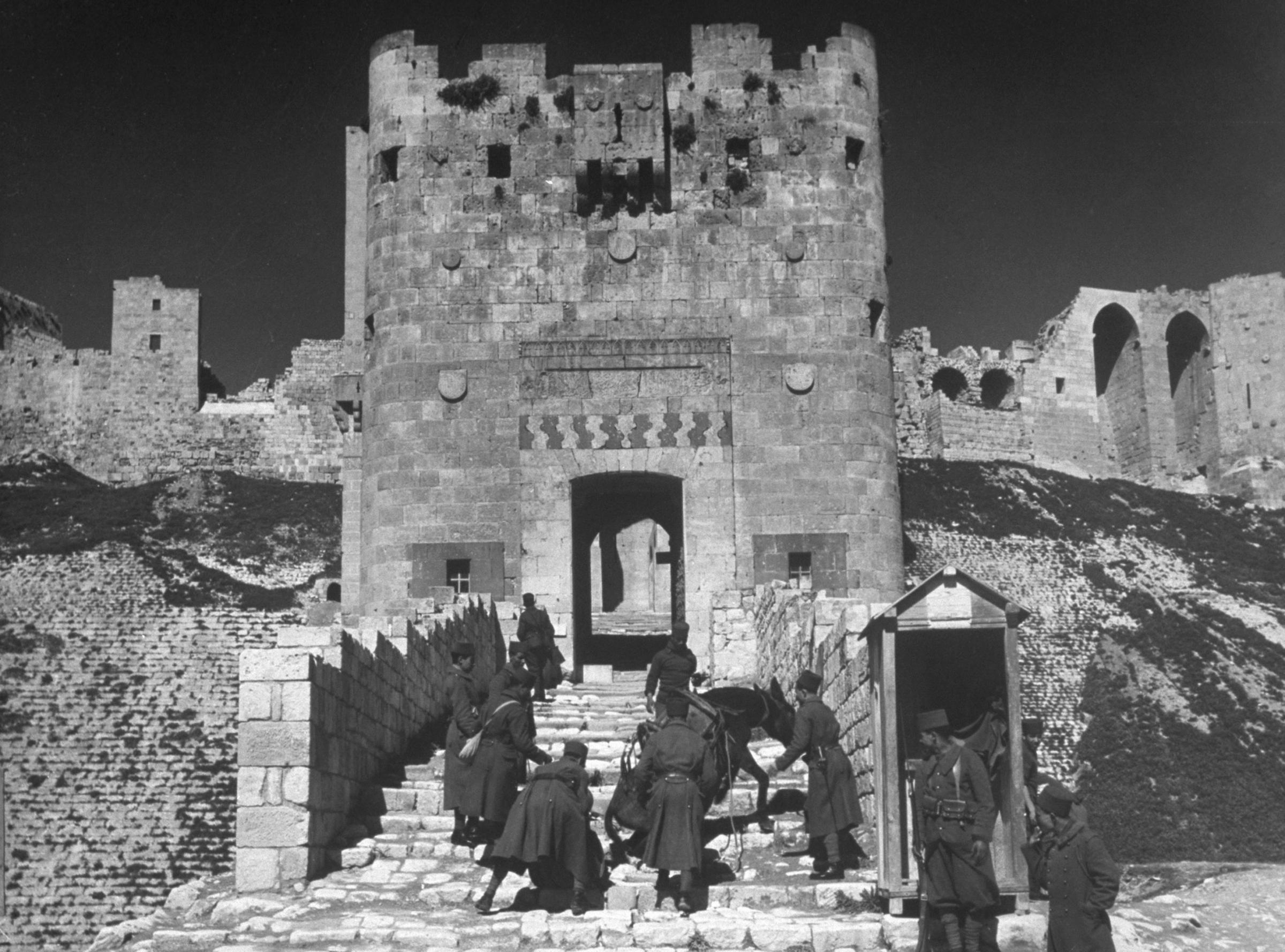
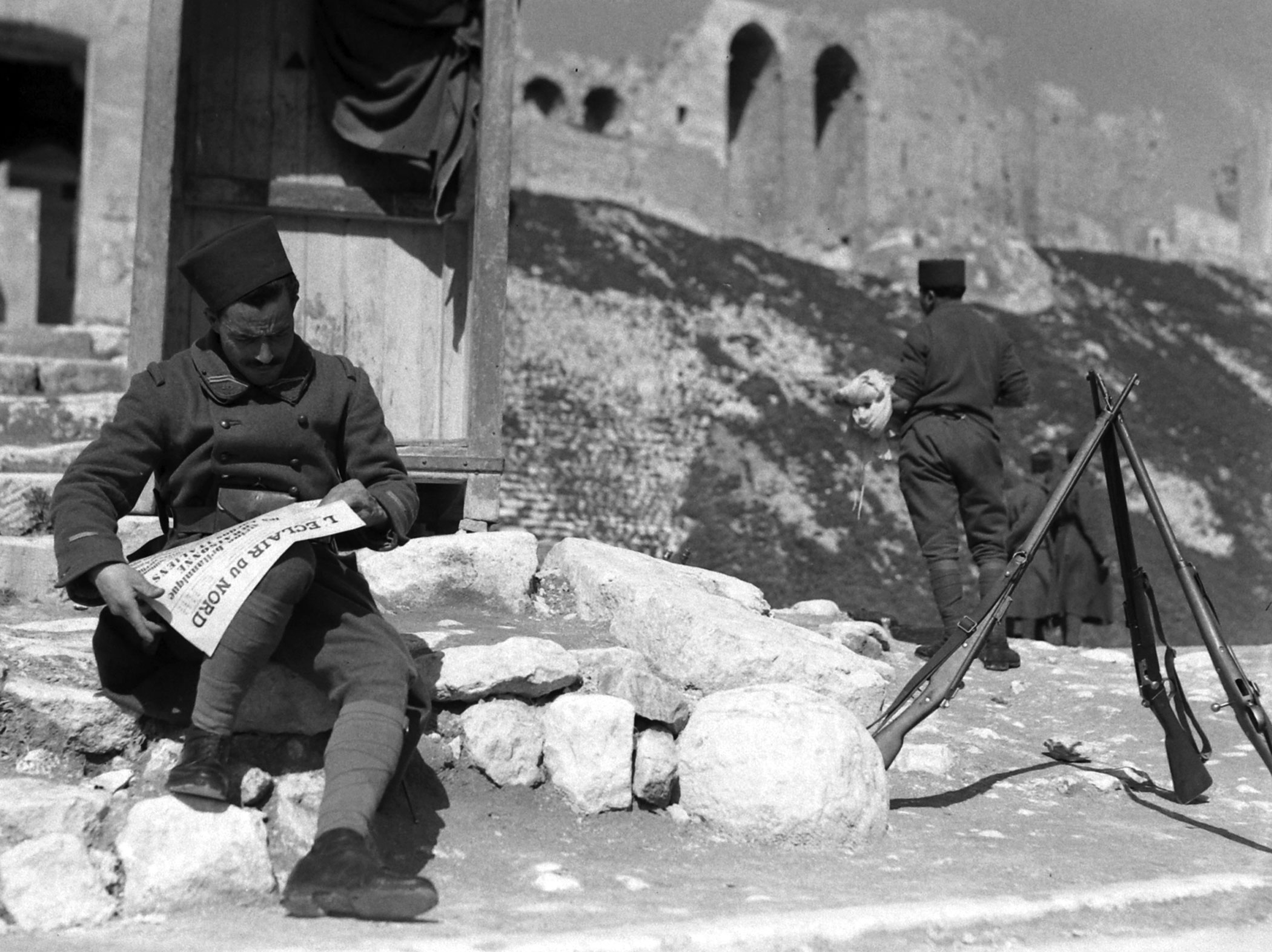
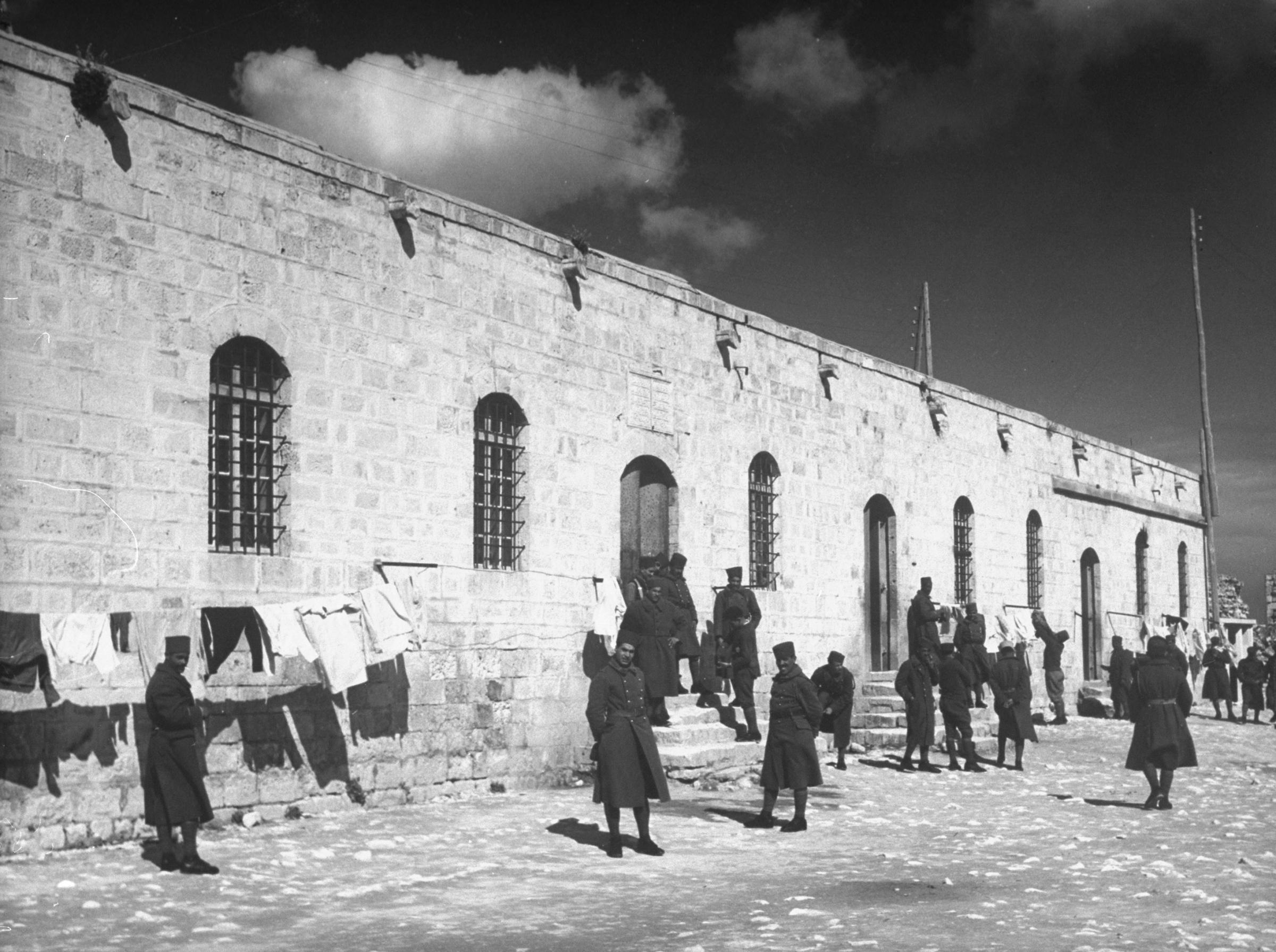
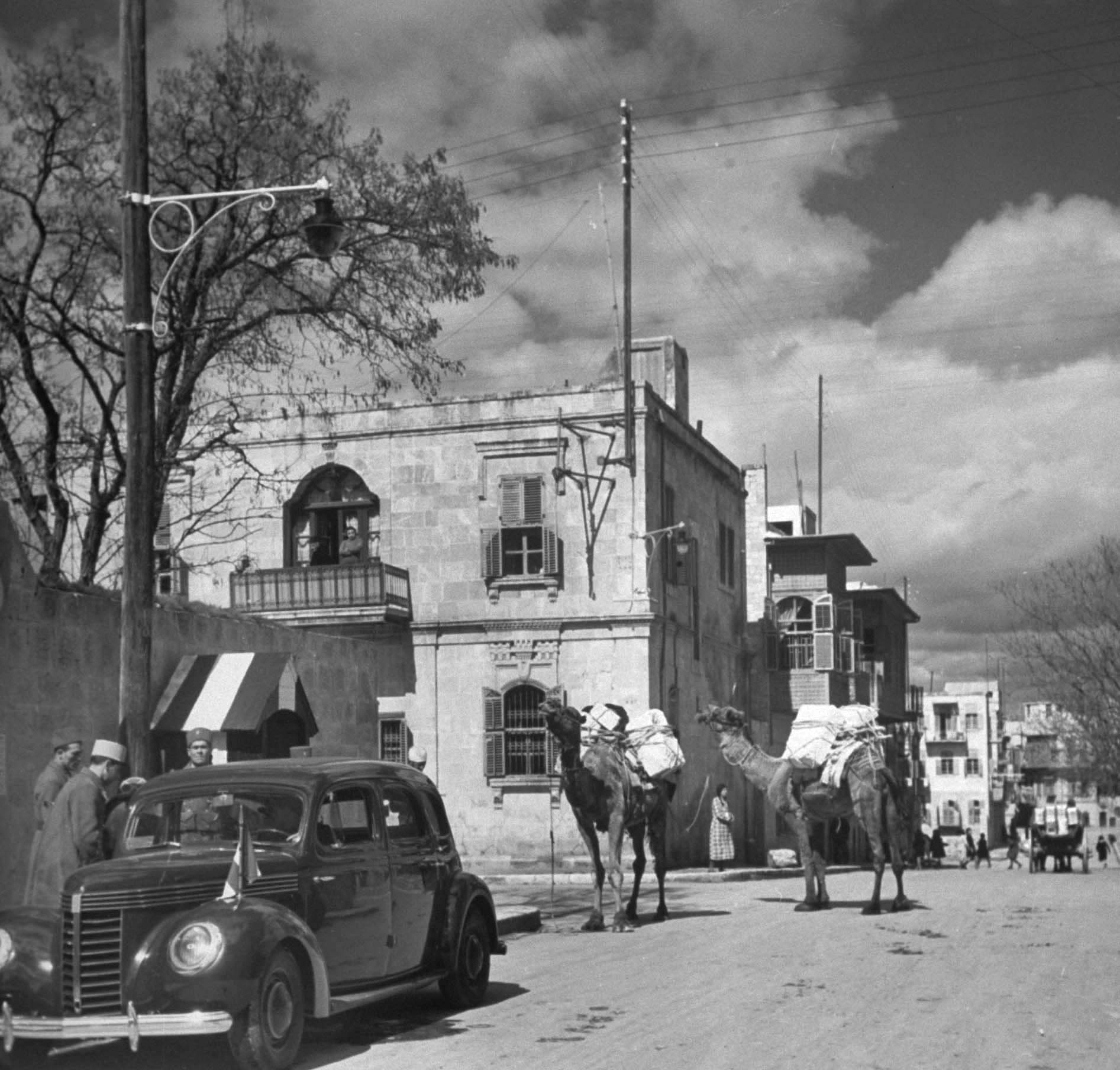
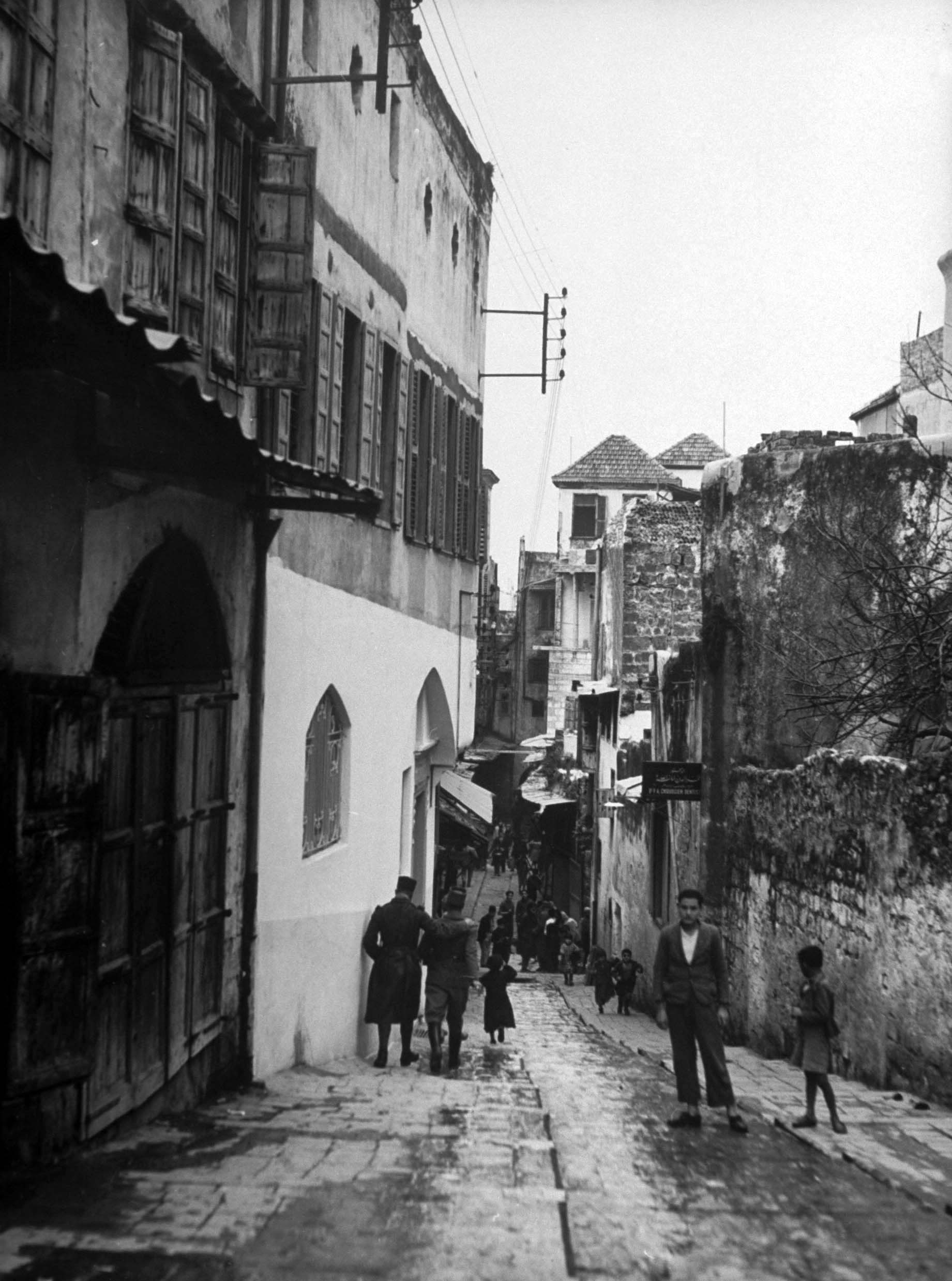

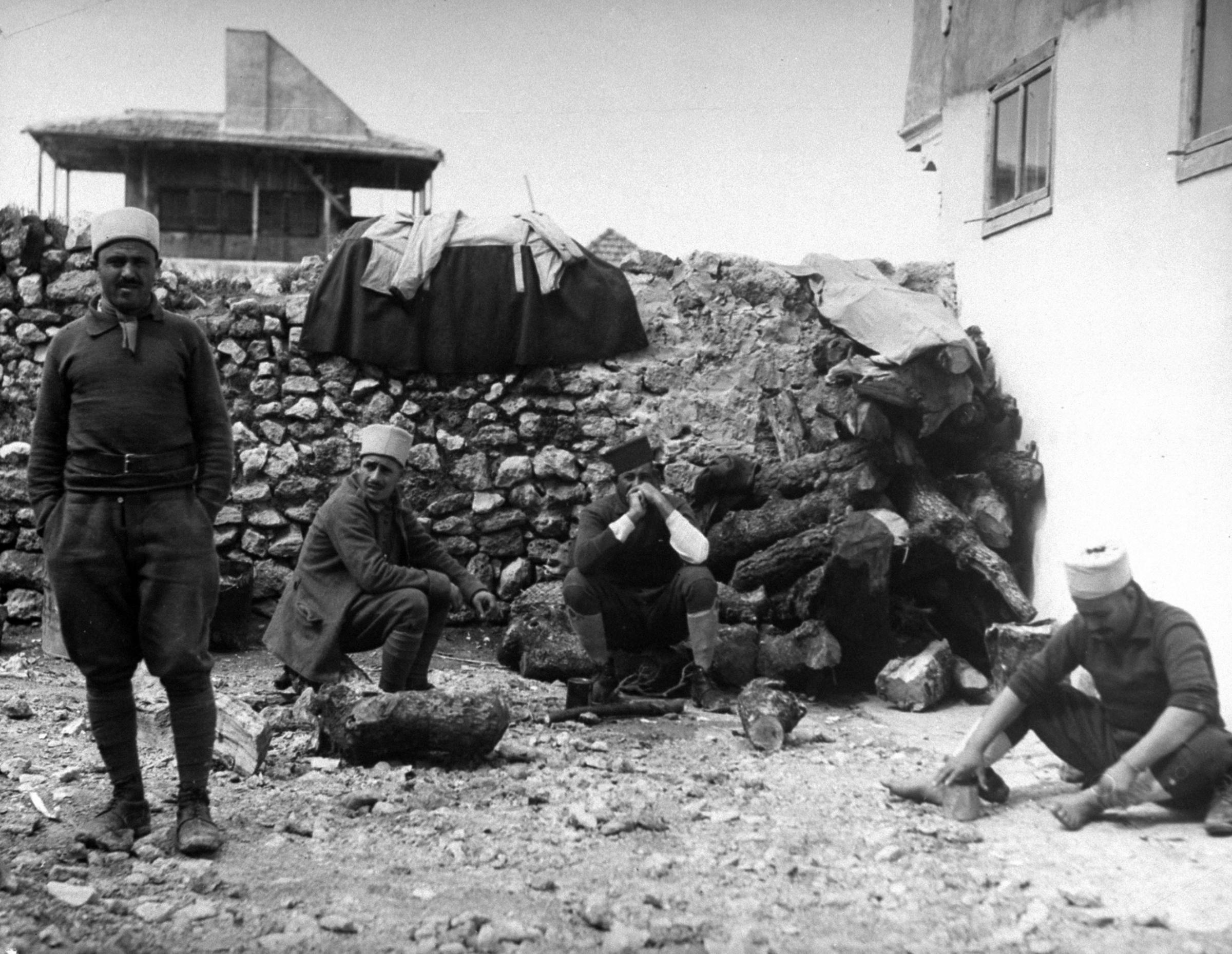
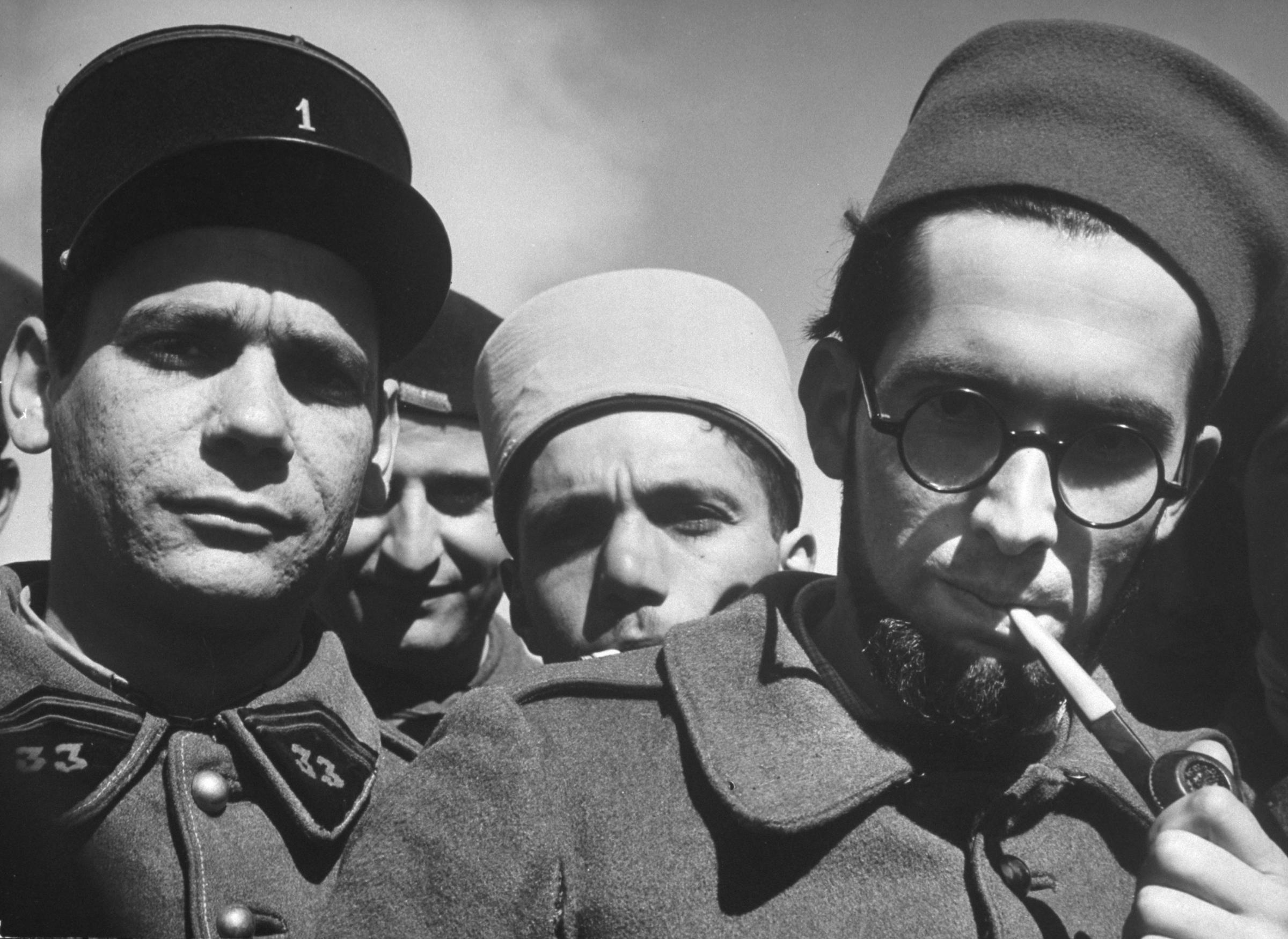
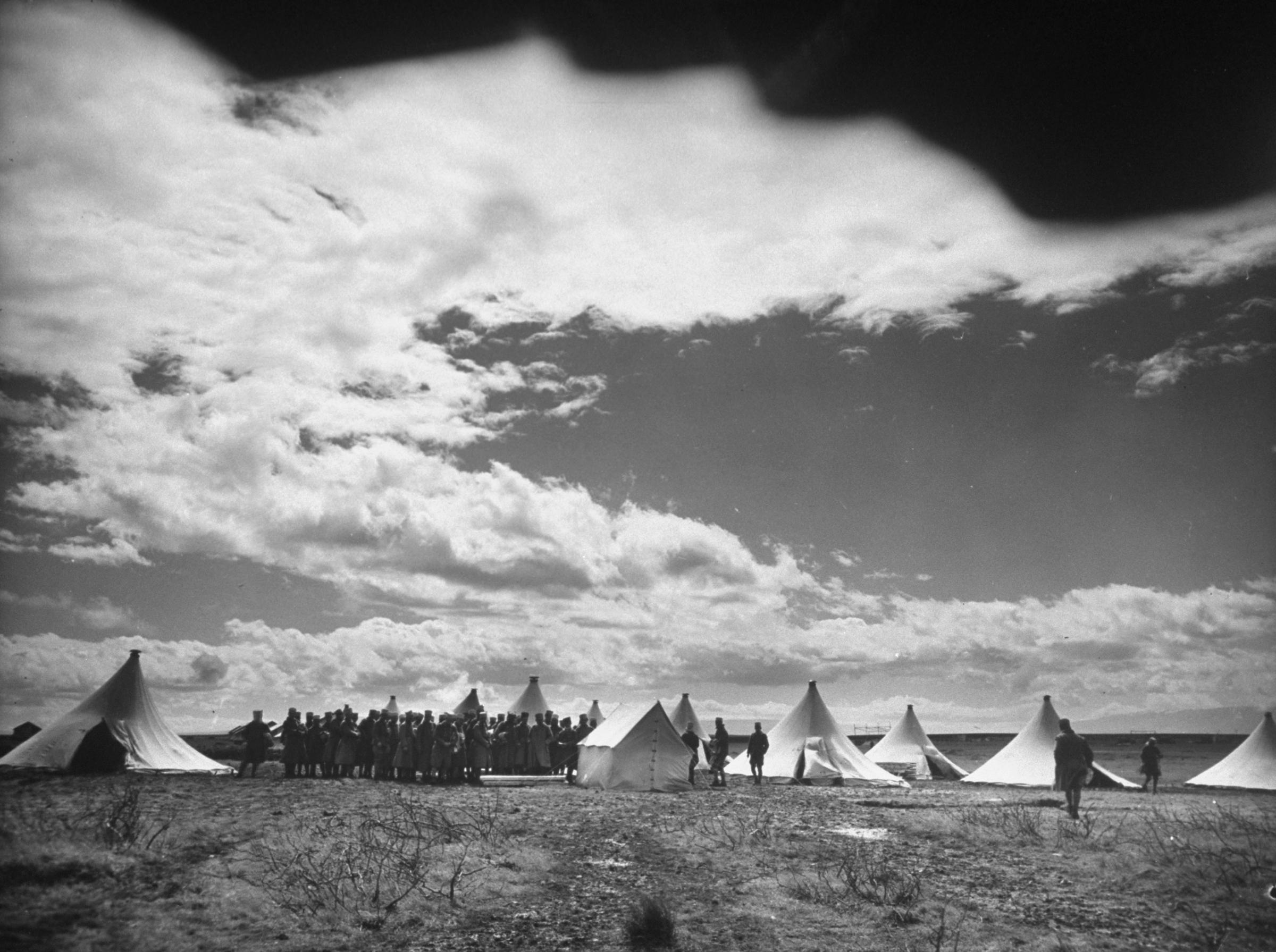
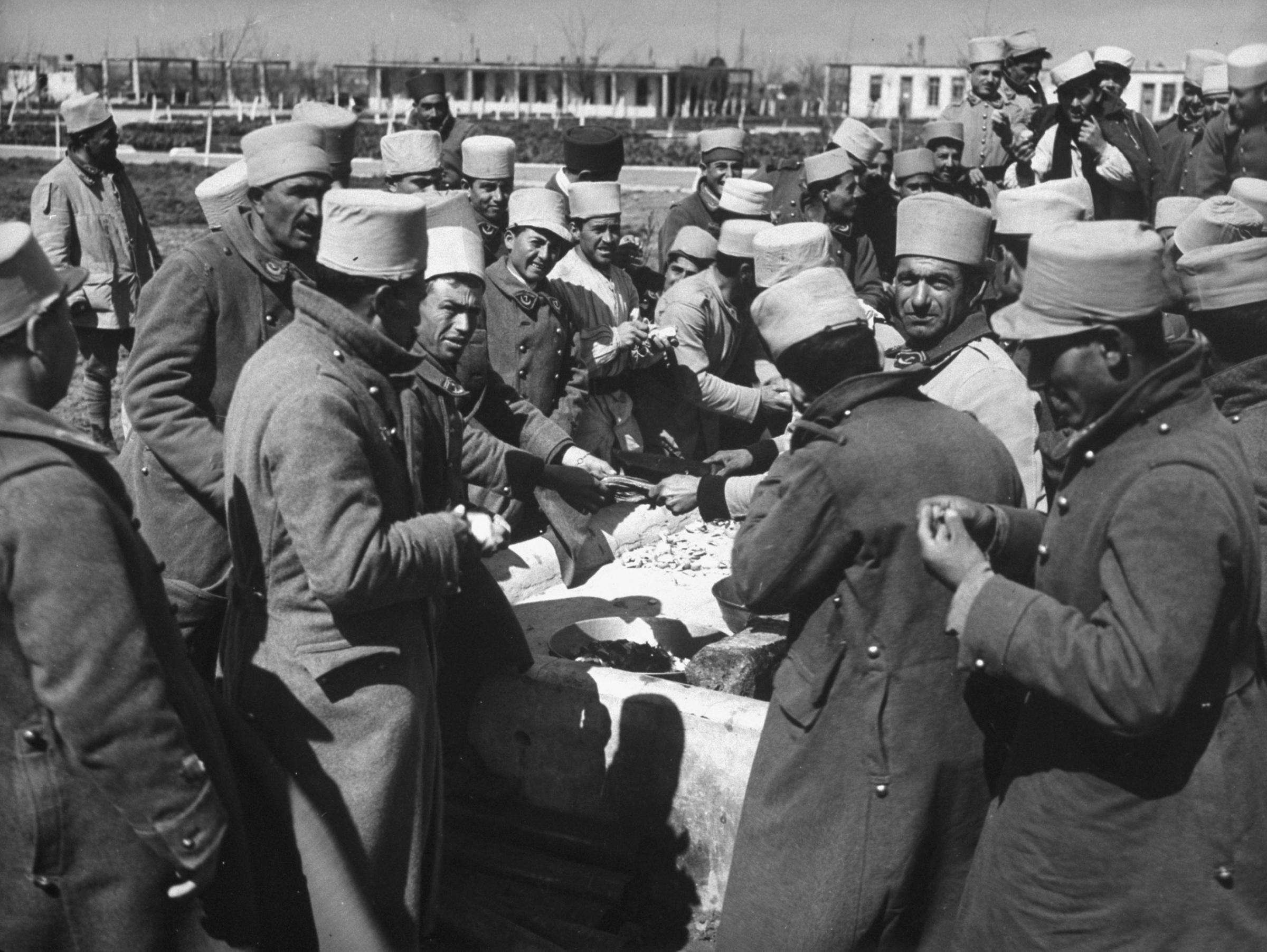
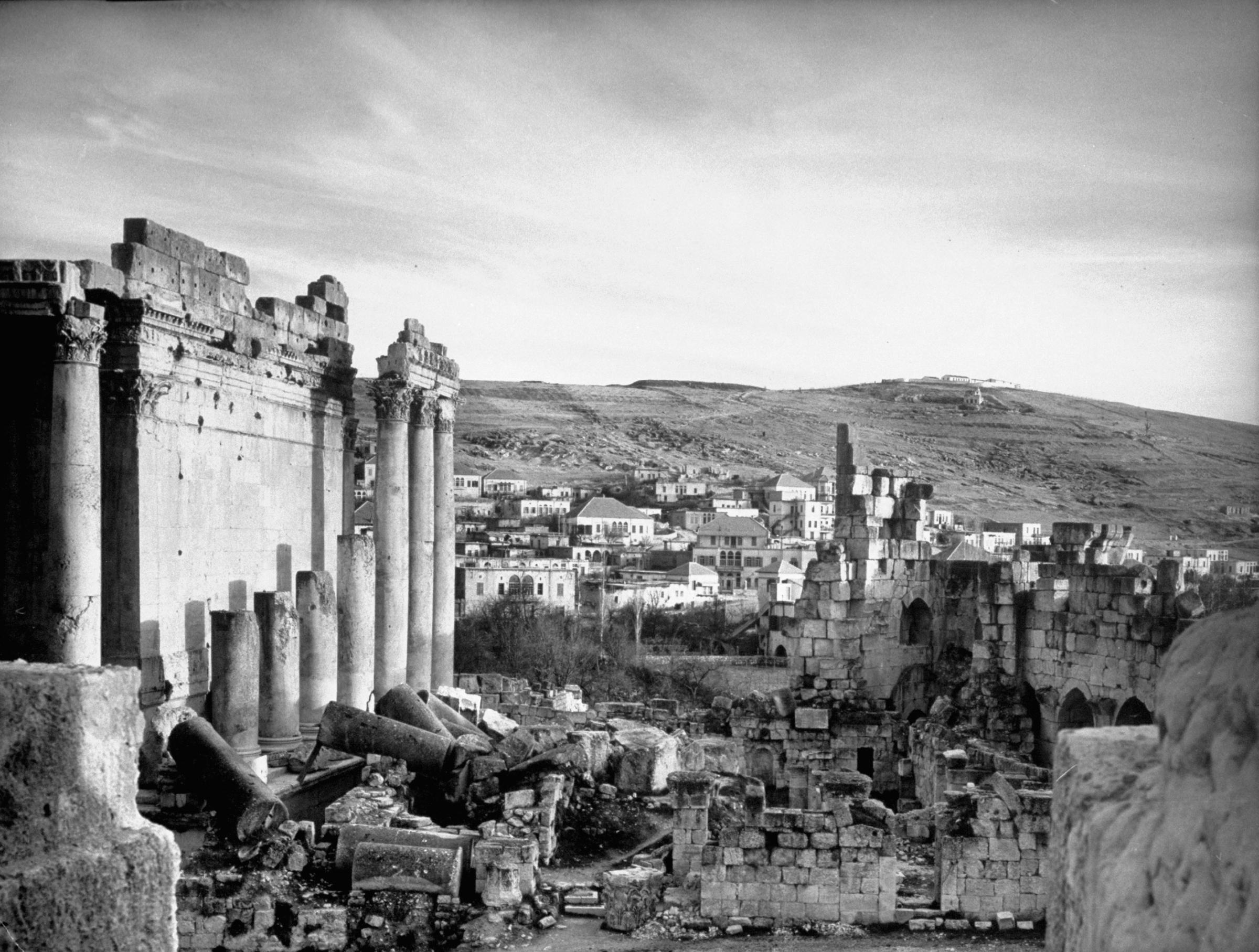
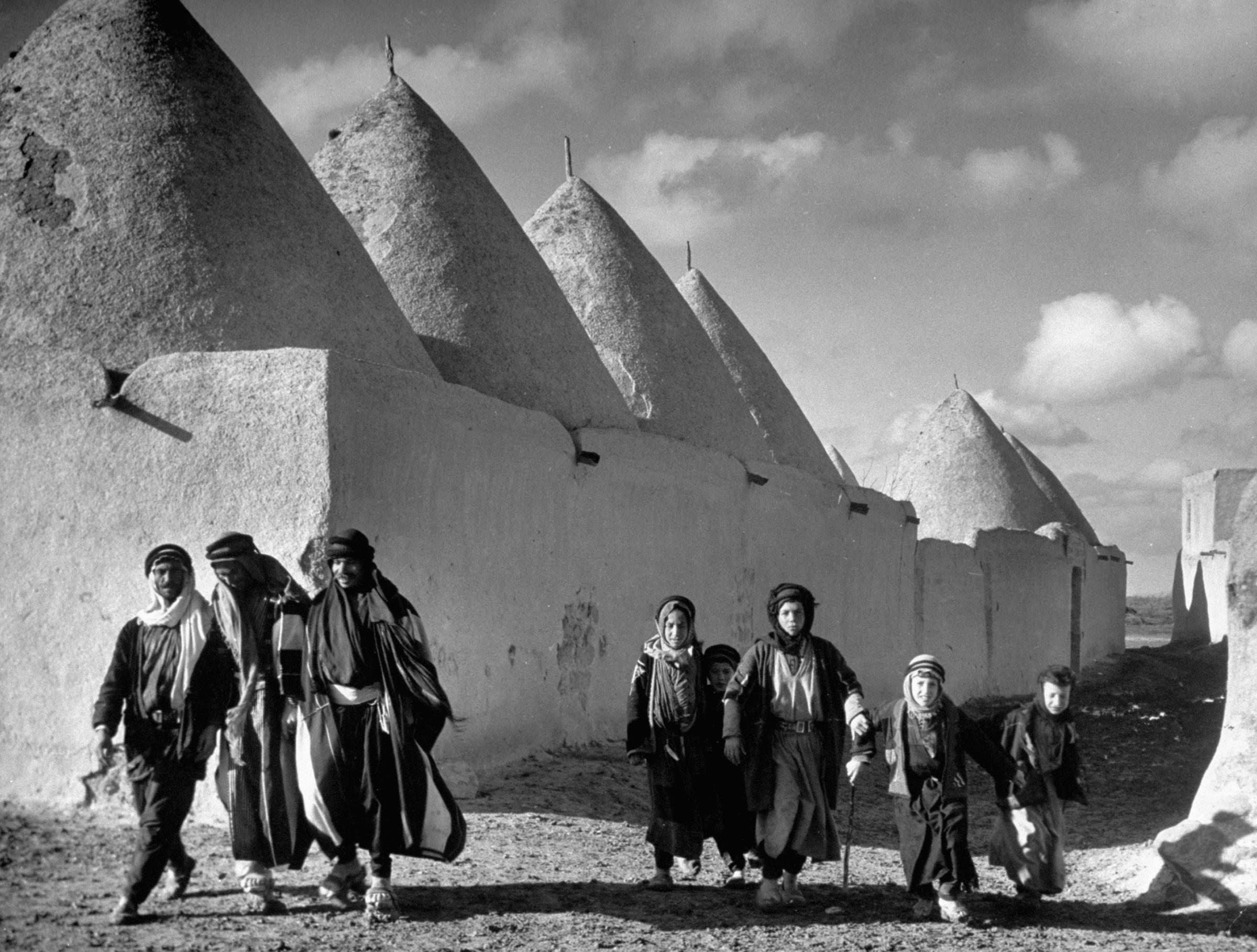
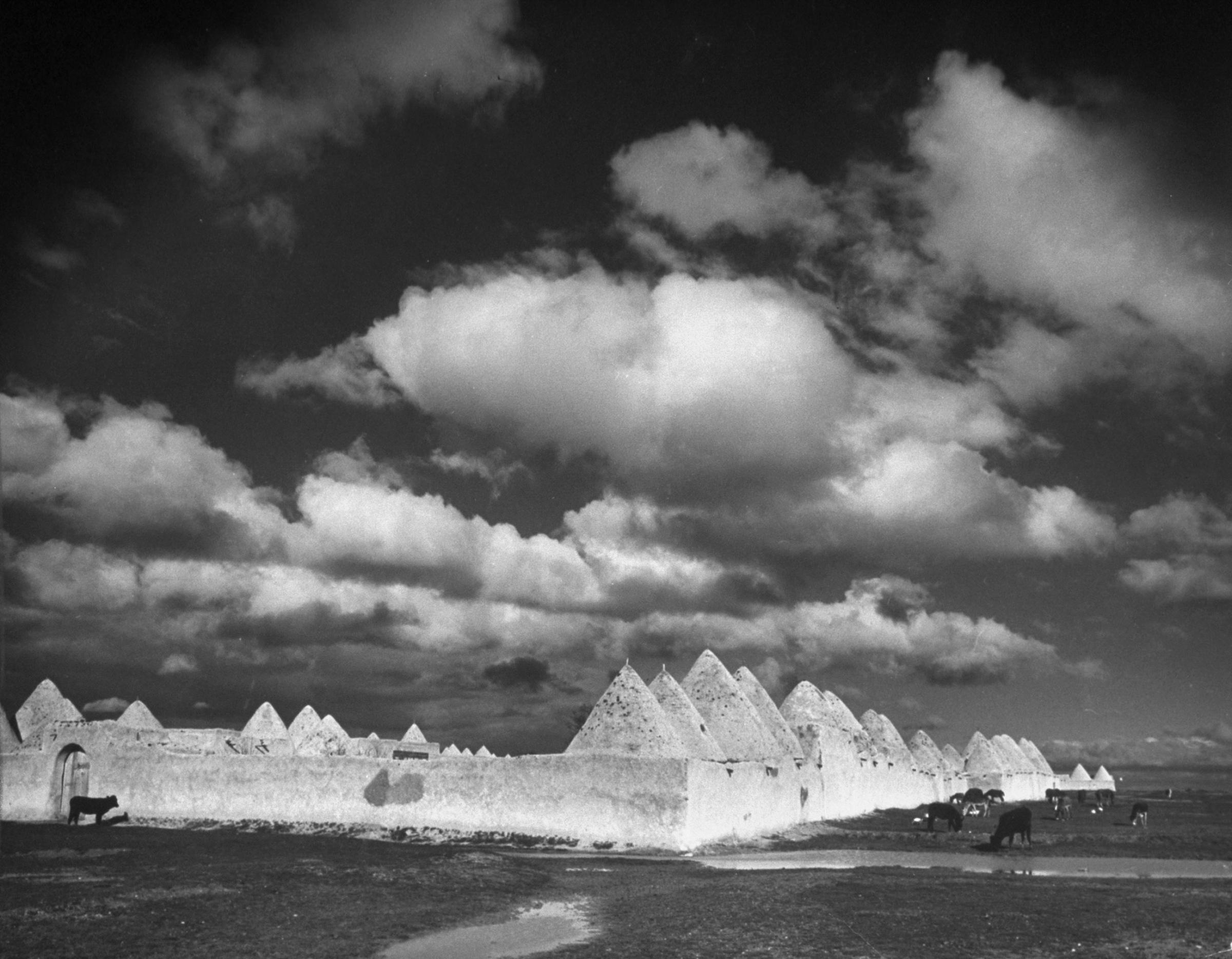
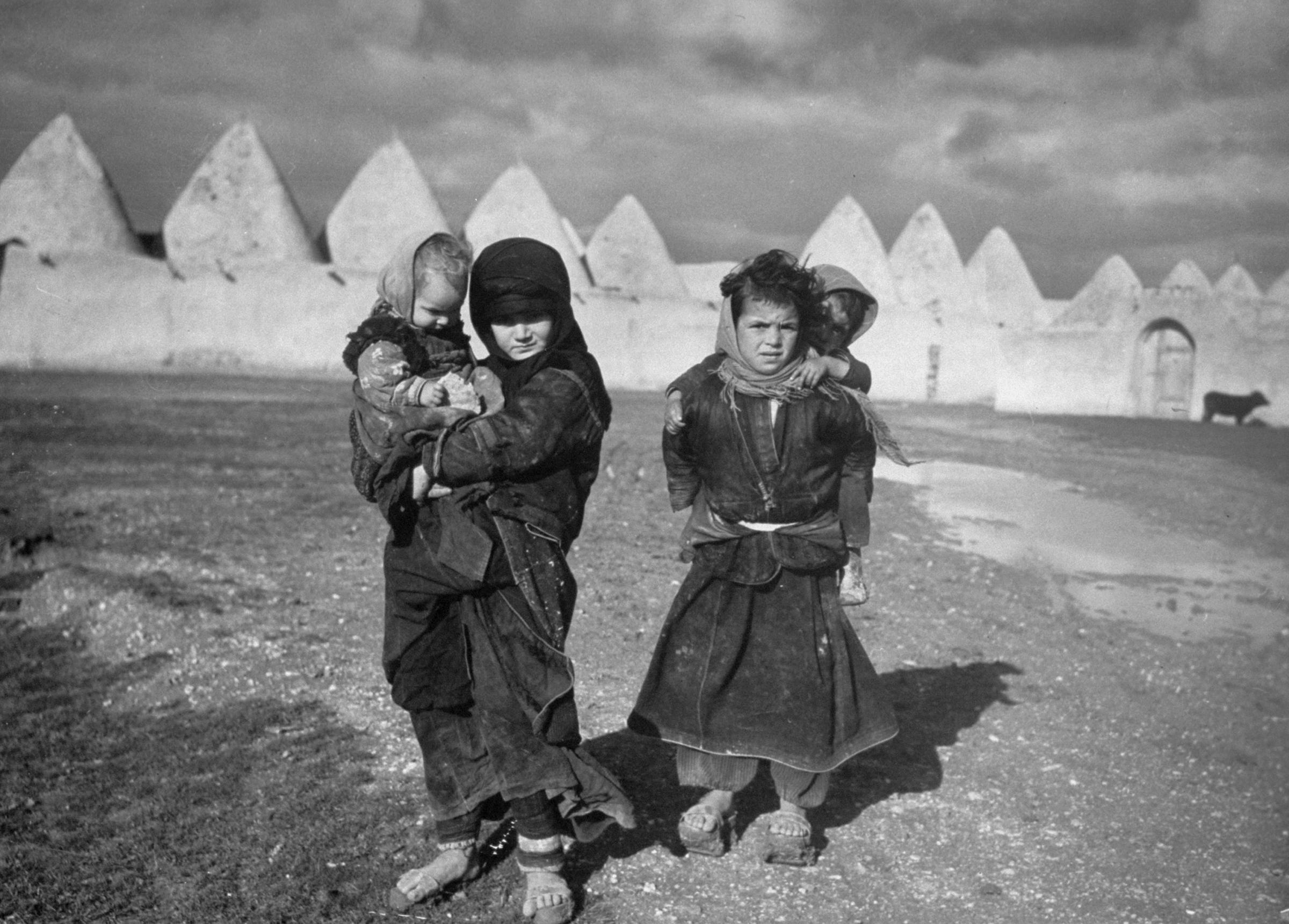
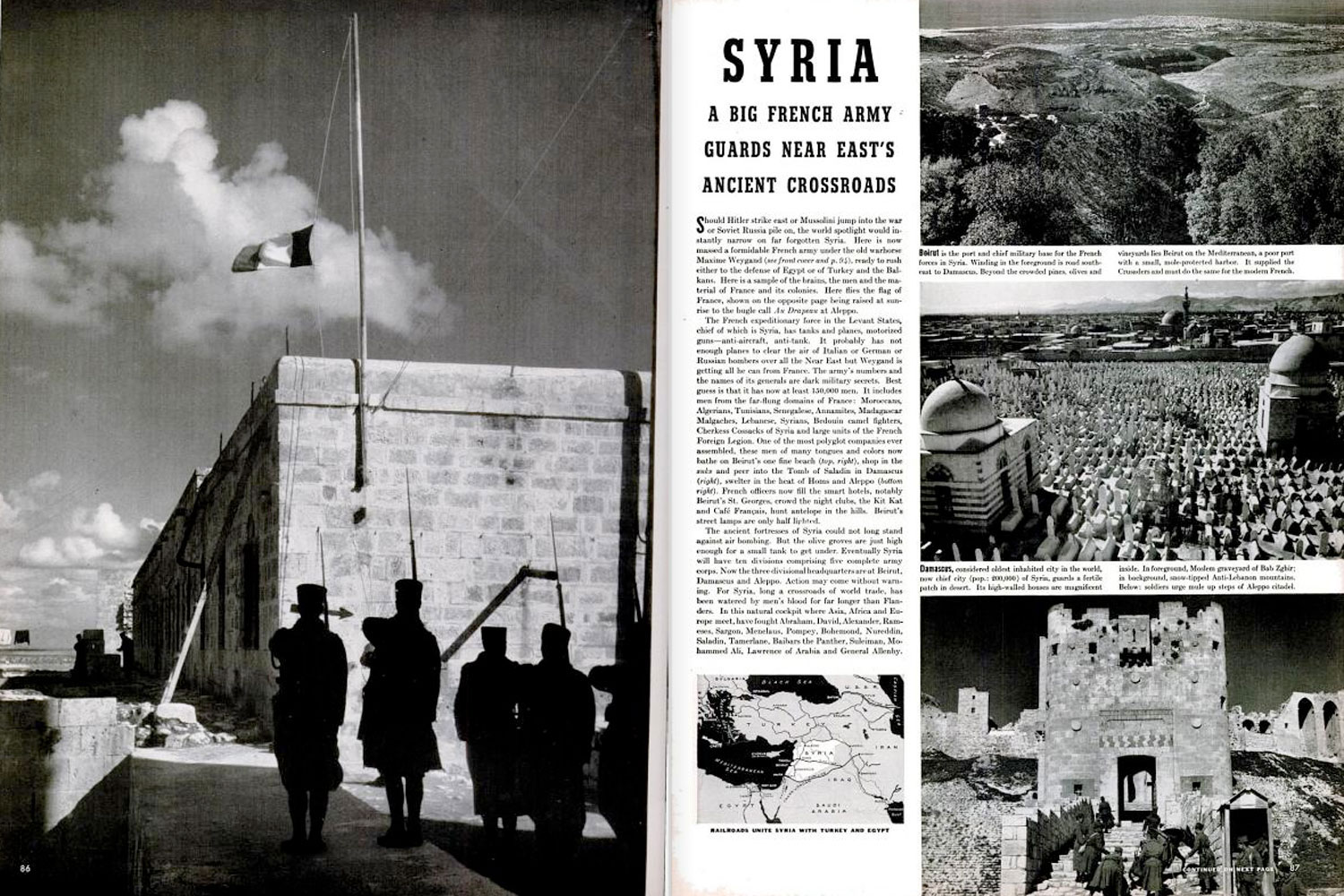
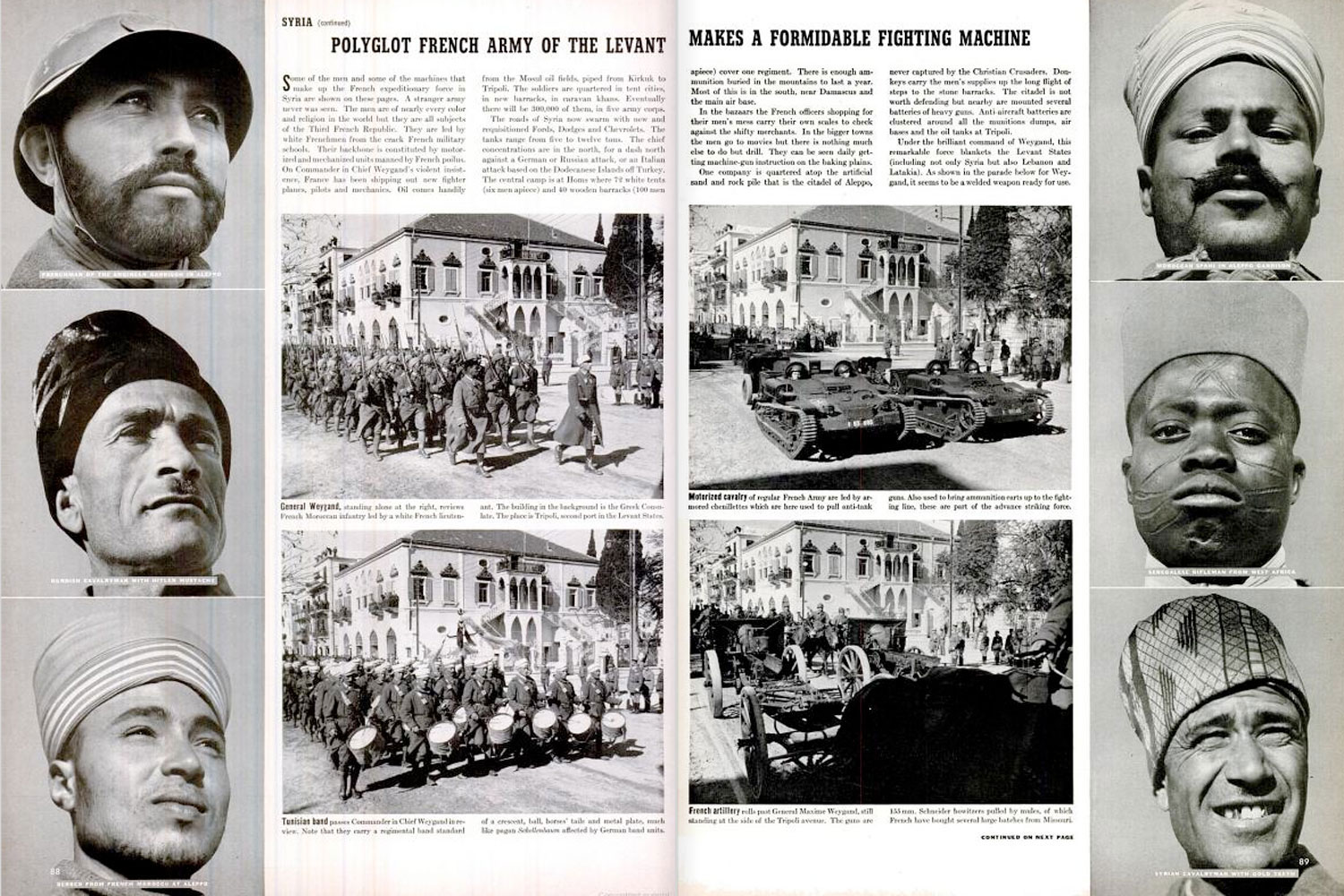
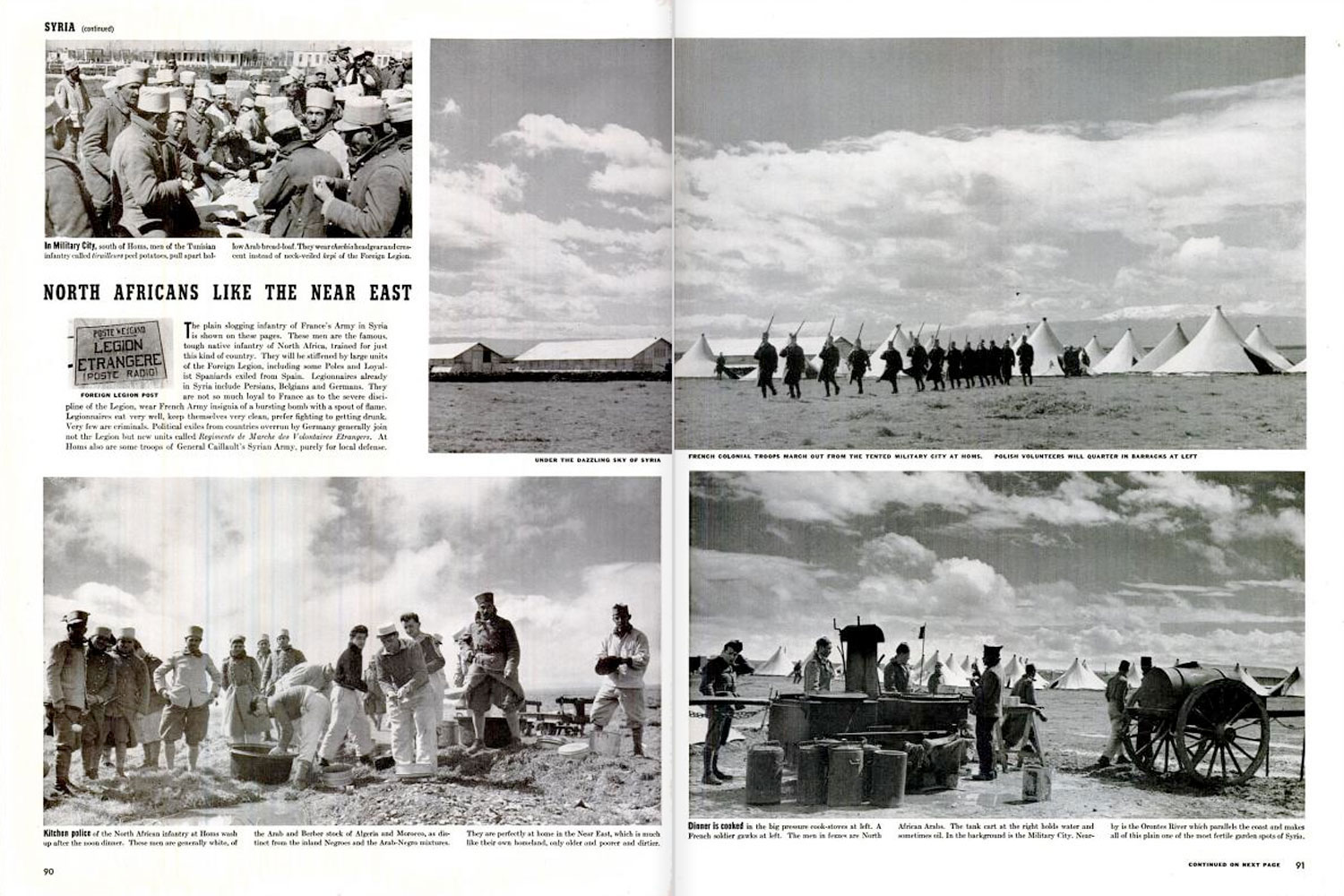
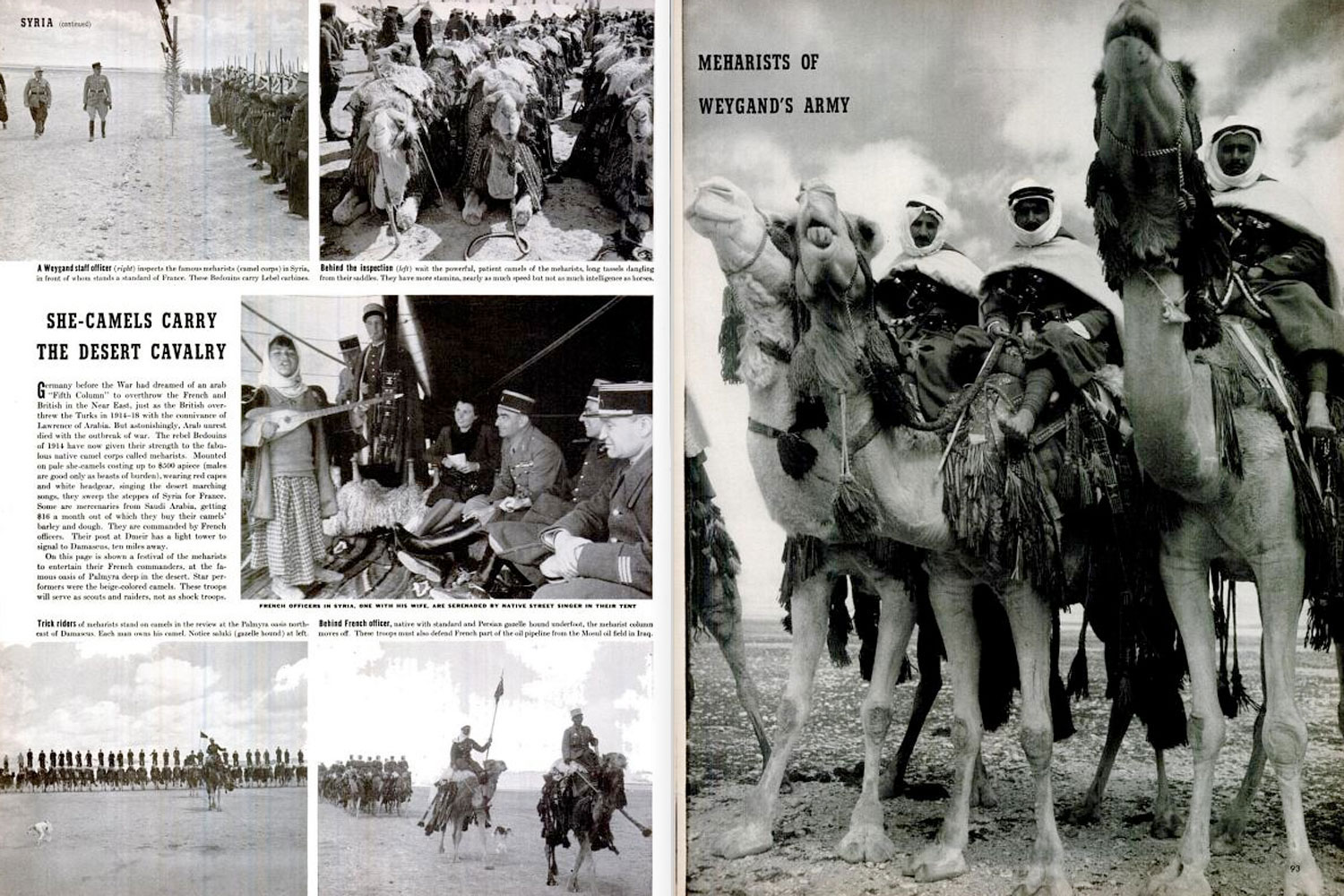
Listen to the most important stories of the day.
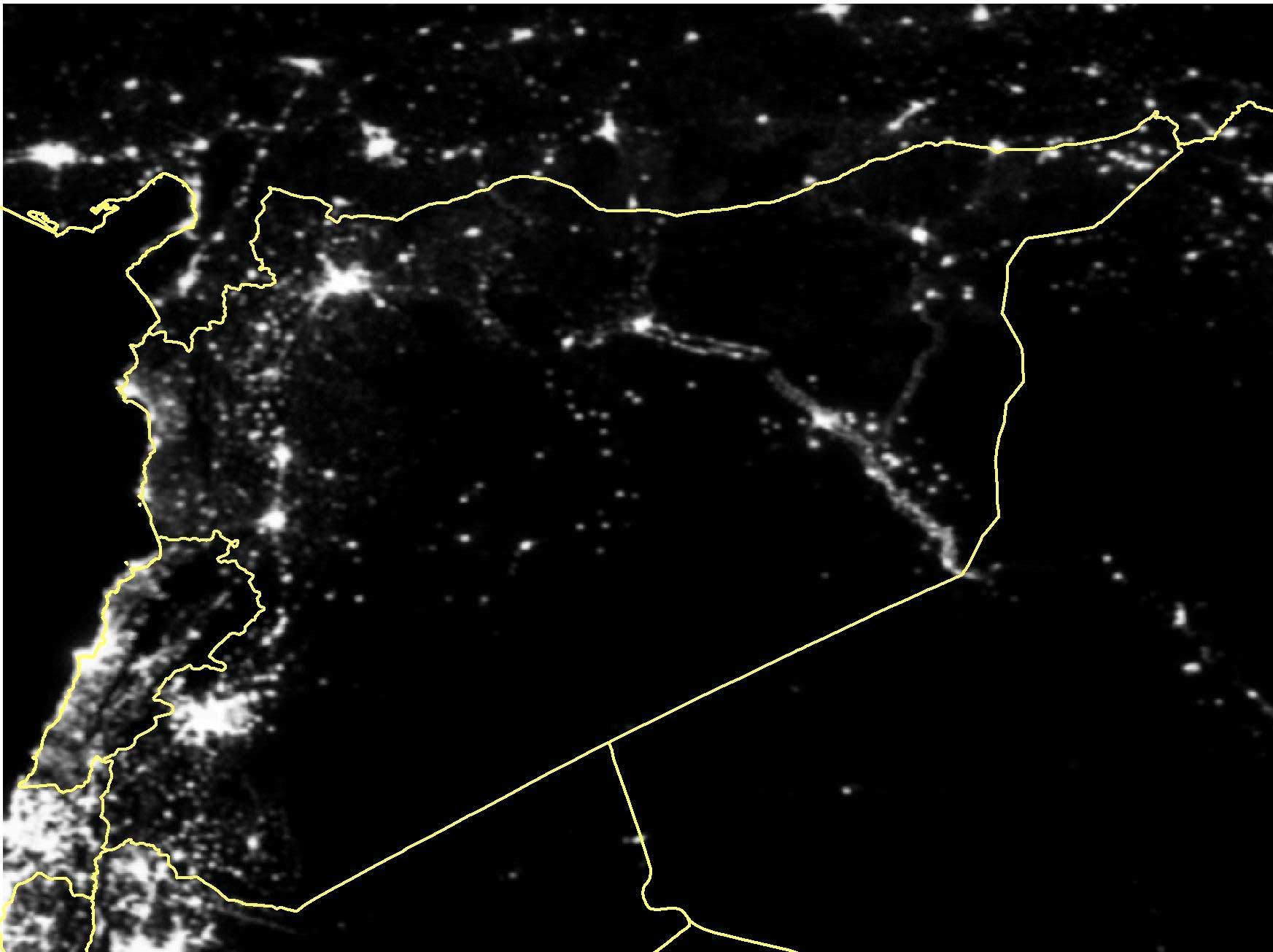
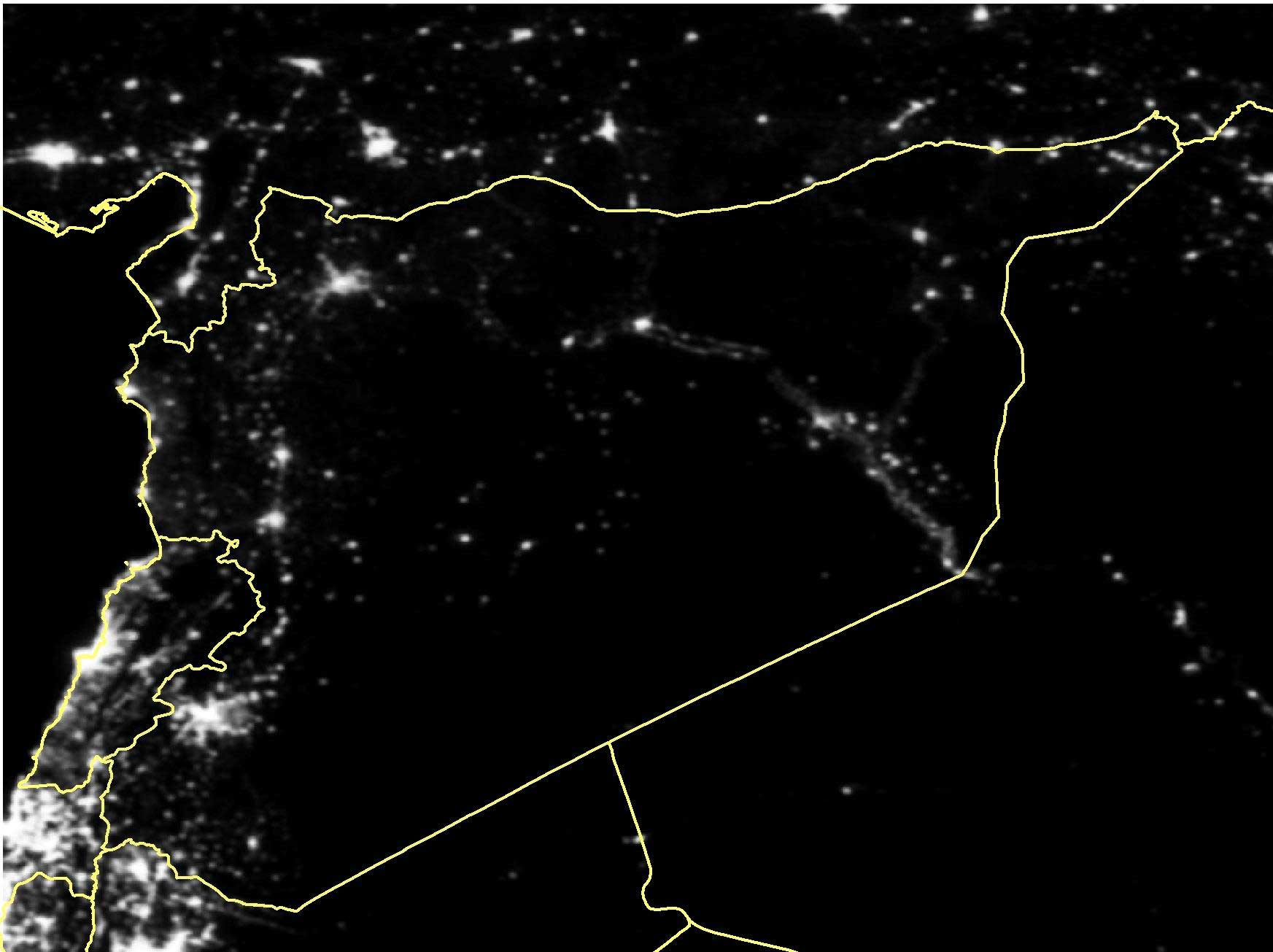
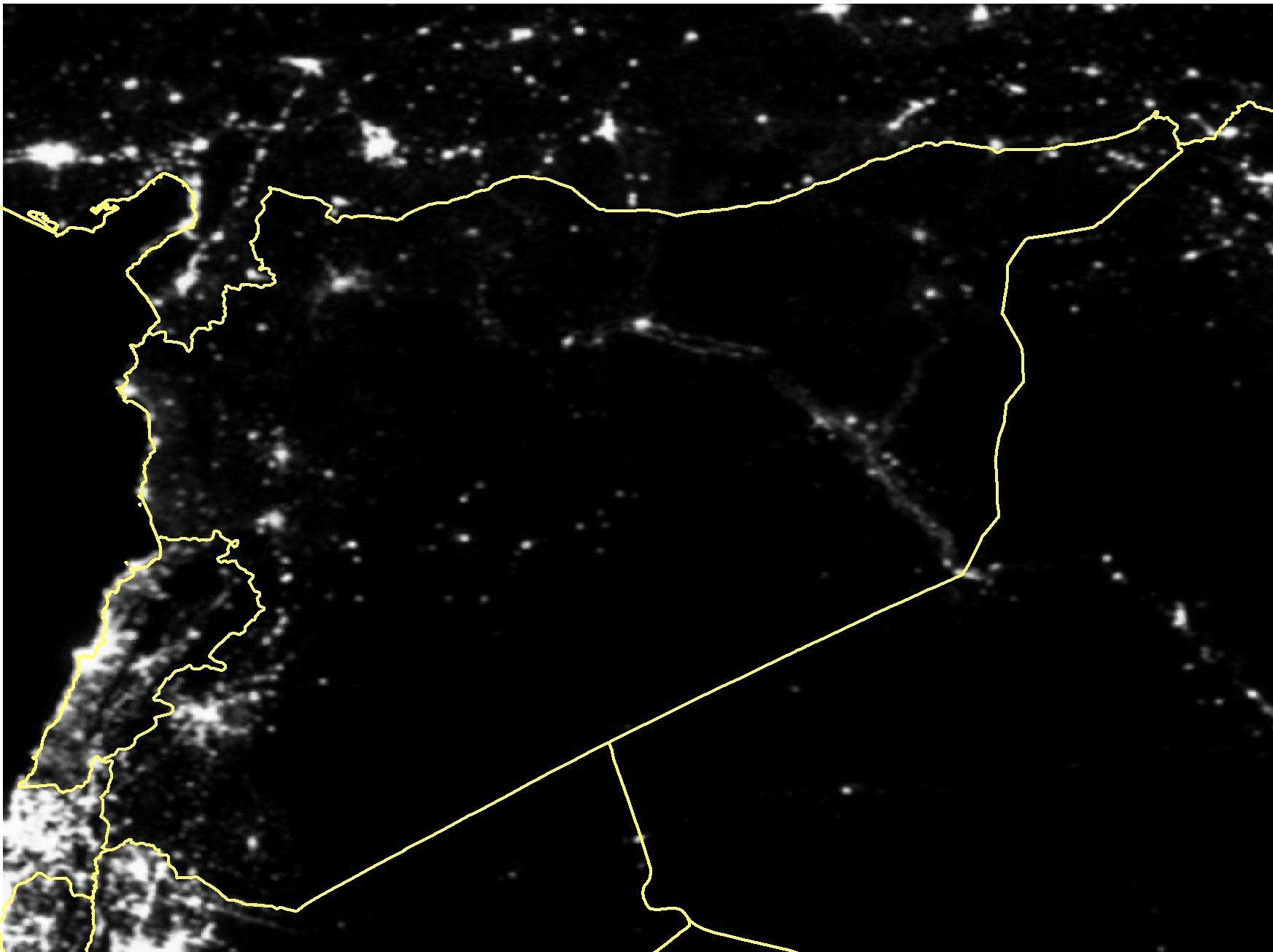
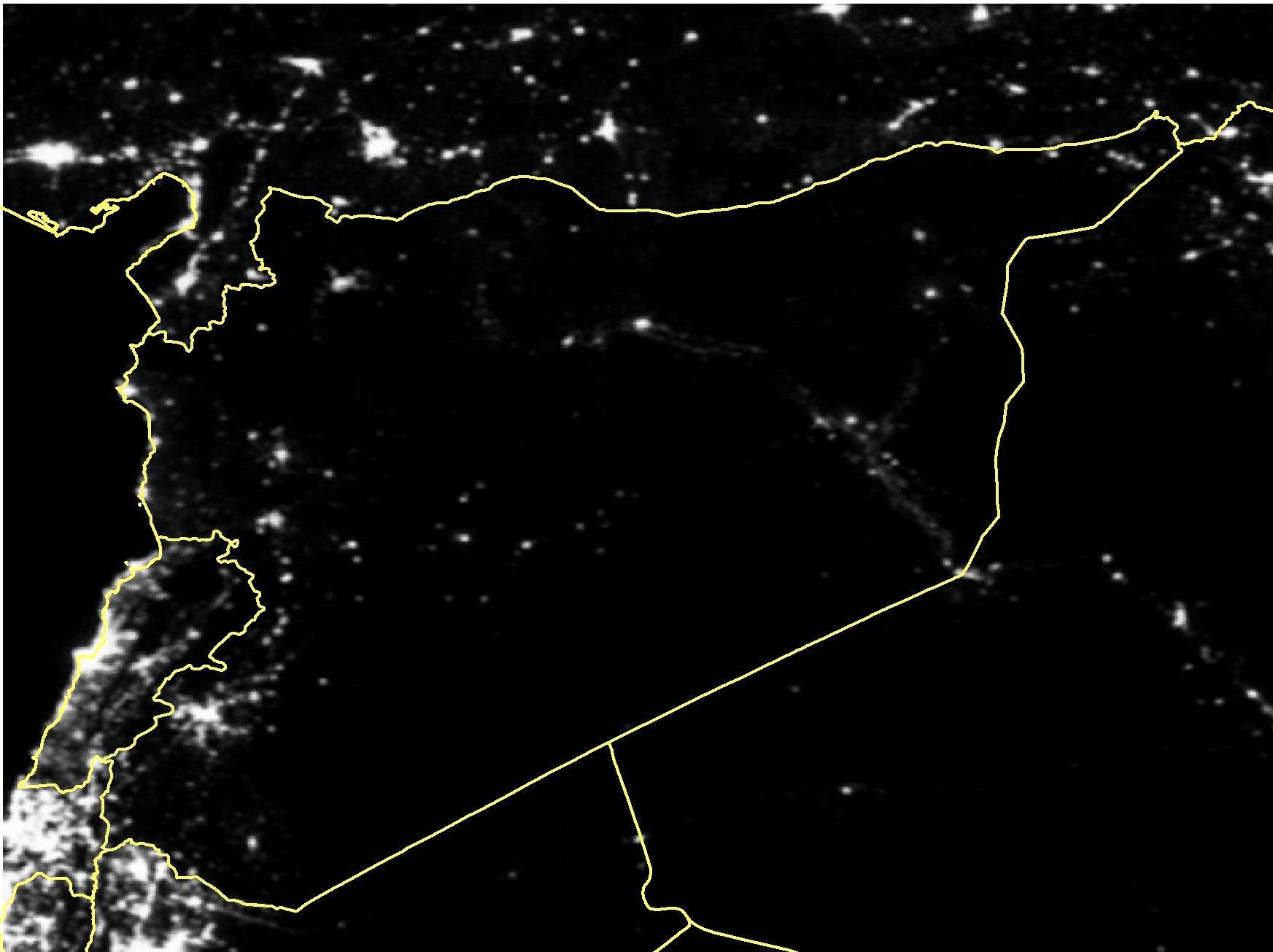
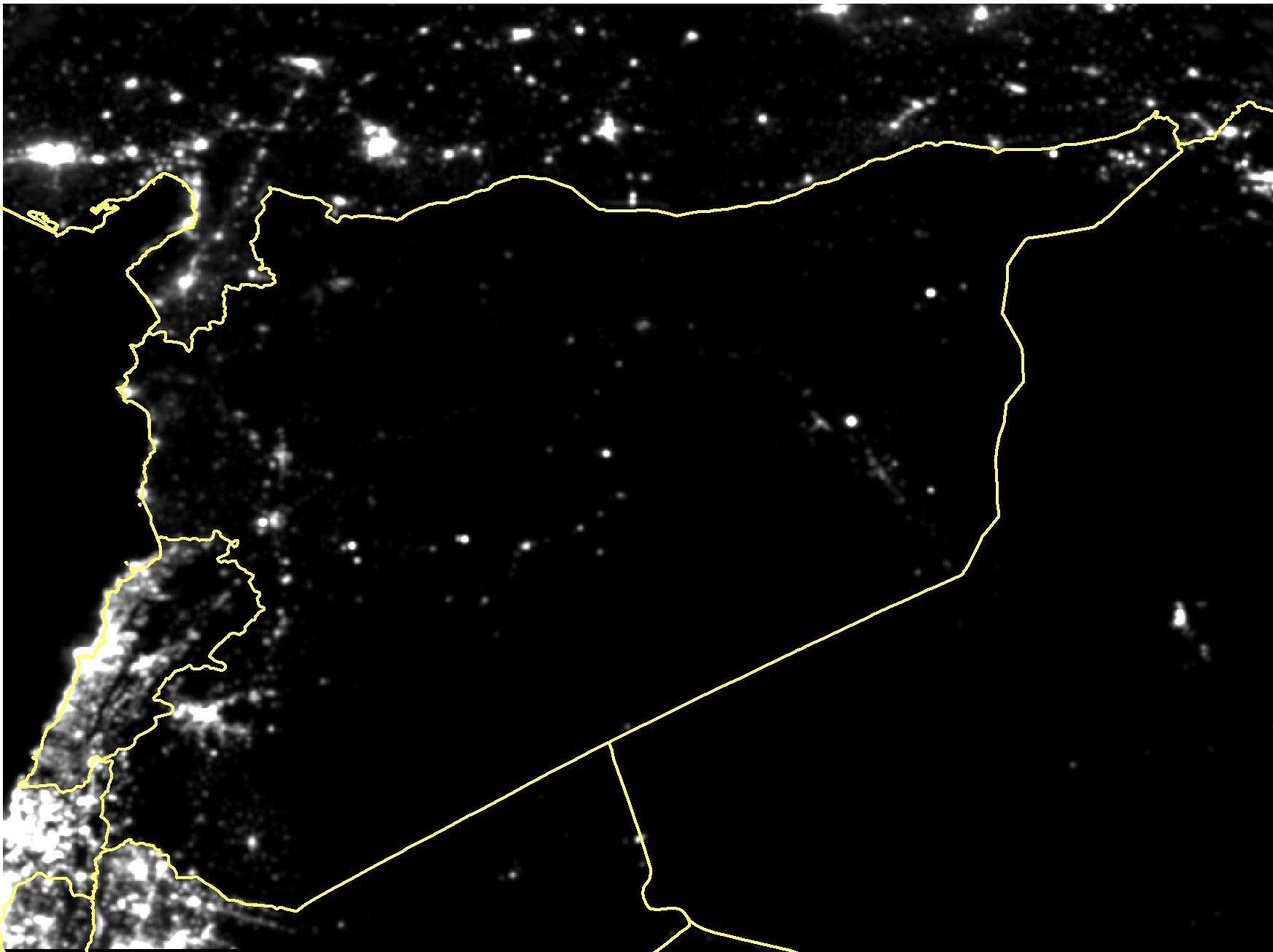
More Must-Reads From TIME
- The 100 Most Influential People of 2024
- Coco Gauff Is Playing for Herself Now
- Scenes From Pro-Palestinian Encampments Across U.S. Universities
- 6 Compliments That Land Every Time
- If You're Dating Right Now , You're Brave: Column
- The AI That Could Heal a Divided Internet
- Fallout Is a Brilliant Model for the Future of Video Game Adaptations
- Want Weekly Recs on What to Watch, Read, and More? Sign Up for Worth Your Time
Write to Noah Rayman at noah.rayman@time.com